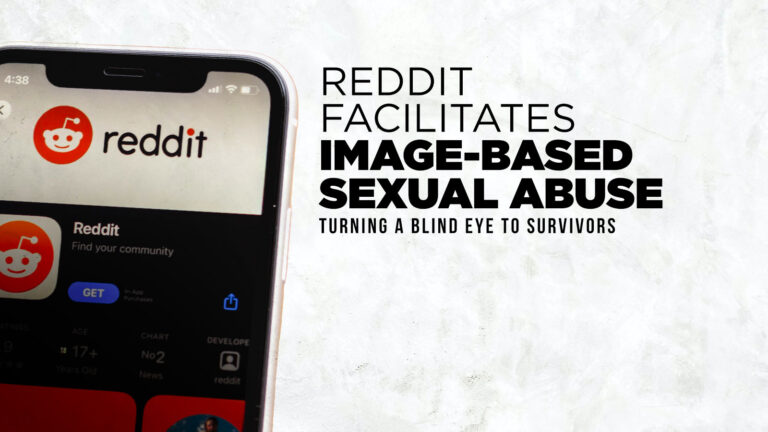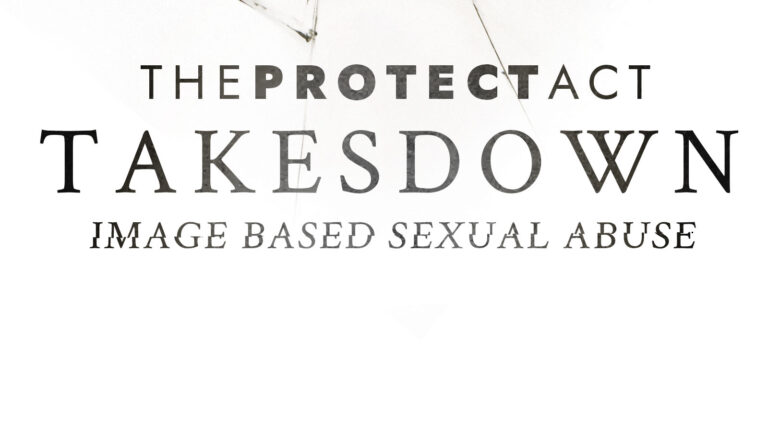Earlier this year, in what is referred to as the Marines United Facebook scandal, it was discovered that an undetermined number of photos of nude or nearly nude female Marines were shared without their consent in a private Facebook group comprising almost 30,000 members, most of whom were active-duty Marines, Marine Corps veterans, or British Royal Marines.
Members left obscene and degrading comments on the photos, as well as requests for more photos and personal information of the women depicted. Links were posted to external Google Drive folders that contained many women’s names, military branches, nude photographs, screenshots of their social media accounts, and images of sexual acts.
Thomas Brennan, the reporter who broke the story, received immediate backlash from the group. Brennan told Marine Corps Times, “It has been suggested that my wife should be raped as a result of this, and people are openly suggesting I should be killed.” He also said that there was a “bounty on pictures of [his] daughter.”
These behaviors are indicative of the long-established culture of sexual harassment and abuse fostered among military servicemen.
While sexual harassment in the military has become a renewed matter of public interest in the wake of this scandal, sexual harassment in the military is not a new concern. Months before the Facebook scandal was uncovered, the U.S. Department of Defense had already conducted a survey to assess the problem of revenge porn in the military.
In the survey, DoD members (both male and female) from various branches of the military were asked to indicate whether someone from work either: 1) took or shared sexually suggestive pictures or videos of them when they did not want them to, or 2) displayed, shown, or sent sexually explicit materials like pictures or videos that made them uncomfortable, angry, or upset, during the time period of July 2015 to July 2016.
The survey found that there were members from every branch of the military, both male and female, who had experienced someone from work sharing sexually suggestive images of themselves without consent, had been exposed to sexually explicit materials by someone from work, or both. Overall, a greater percentage of women than men reported experiencing both of these forms of sexual harassment.
Though the percentages themselves may seem small (1.3% of DoD women and 0.3% of DoD men indicated that someone from work either took or shared sexually suggestive pictures or videos of them without their consent, and 4.0% of DoD women and 1.4% of DoD men indicated that someone from work displayed, shown, or sent explicit materials to them that made them uncomfortable, angry or upset), they are indicative of only a fraction of the sexual harassment that occurs in the military.
Military culture is rampant with sexual harassment and abuse, and reports of sexual assault in the military have reached a record high. One former Marine Corps servicewoman shared that “much of our military’s culture is predicated on gendered shame,” where women are shamed for “exhibit[ing] any form of sexual agency” and men are expected to embrace a culture where “[t]oxic masculinity encourages sexual aggression to the point of assault” and “[a]nything less than total domination . . . is shamefully unmanly.”
Another former active-duty Marine, Kate Hendricks Thomas, shared in an interview with Public Radio International that she and other servicewomen regularly endured sexual abuse on duty to the point where they refused to shower unarmed.
“You didn’t go to the shower trailers without your weapon and probably a knife to carry into the shower stall with you,” she said. “There was always that ubiquitous fear of sexual assault.”
Thomas shared that when women in the military are sexually assaulted, they often refrain from filing formal complaints, both to avoid being “further marginalized than [they] already are” and because they are told that “it would look bad for the unit . . . [and] would be a black eye for everyone.”
Men who are sexually assaulted in the military also face ostracization and are reluctant to report their assault. In a report released by the Government Accountability Office, 87 of the 122 randomly selected male service members who were surveyed indicated that they believed that others may have reservations reporting any unwanted sexual contact, the most common reason for which was fear of being judged by others.
Sexual harassment and abuse are inconsistent with the honor and dignity that the military is supposed to represent. These behaviors do not occur in a vacuum and cannot be eliminated without addressing the problem of pornography in the military as foundational to other forms of sexual exploitation. The National Center on Sexual Exploitation maintains that “military members cannot exploit and objectify women in one environment without it having a deleterious effect on other aspects of their lives, including their military service.”
As part of The Freedom from Sexploitation Agenda, NCOSE has proposed policy and legislative recommendations to combat sexual exploitation in the military, including incorporating training on the harms of pornography into anti-sexual assault trainings across all Department of Defense agencies, routinely auditing and removing pornography found on military computers, storage drives, work areas, and officer’s clubs across all branches of the U.S. military, and making strip clubs off-limits to all military personnel worldwide.
To learn more about The Freedom from Sexploitation Agenda and how you can take action to bring it to the attention of Congress and the President, visit our page.



